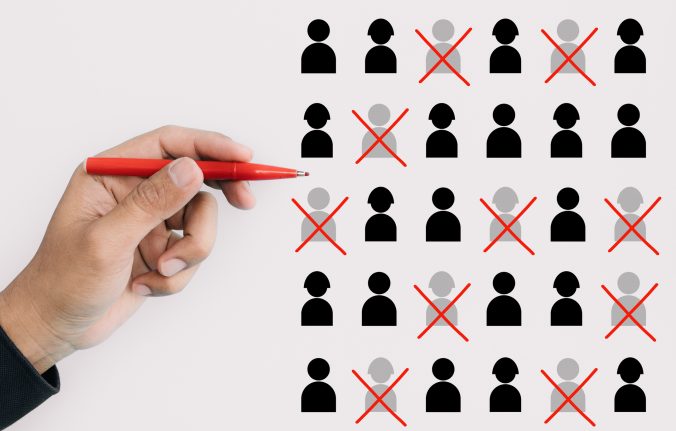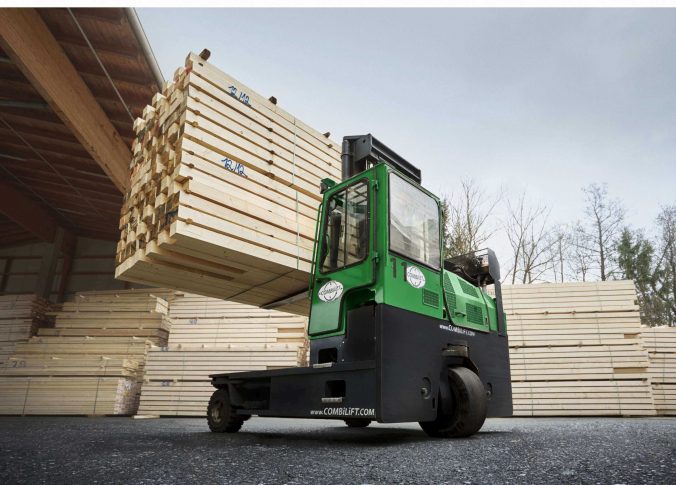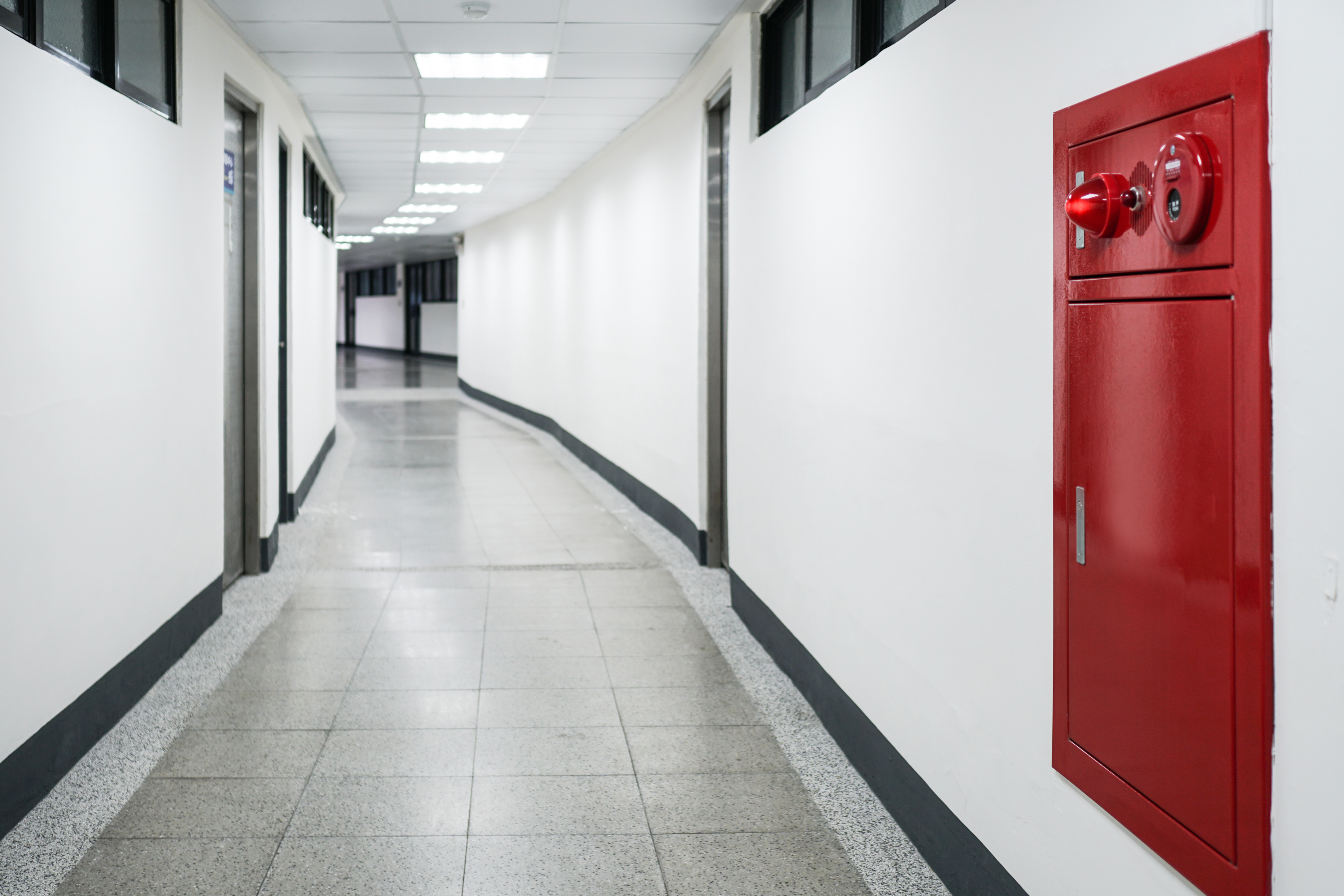There’s no doubt that running a business is harder than it used to be. With changes in the economy and constant progress in technology, businesses have to work hard just to keep up. And while some changes can be beneficial, others can make it difficult to compete. As a result, businesses have to adapt their strategies in order to stay relevant.
In any business, there are always going to be changes and adaptations that need to be made to ensure the long-term success of the company. Sometimes, these changes can result in employee redundancy. While this is never an easy decision for any business owner or manager, it is sometimes necessary to stay ahead of the competition.
Why do employee redundancies happen?
Redundancy can happen for several reasons, including changes in technology, the economy, or an organization’s business model.
Most of the time, it happens during difficult financial times when businesses are struggling to stay afloat and need to make cuts to their overheads.
Sometimes, it might become necessary, such as a shift from manufacturing to service-based operations. In these cases, it is important to be clear and concise with employees about the change in direction and how it will impact them.
Other times, it may be the result of a change in technology that renders existing roles obsolete. This can often happen when newer, more efficient methods are introduced or when a company decides to switch to using different software. In these cases, the existing employees may not have the skills or knowledge to operate the new systems, rendering their roles obsolete. As a result, they may be made redundant.
In other cases, redundancy may happen due to a decrease in demand for a company’s products or services. In such cases, companies may need to reduce their workforce to remain afloat.
Finally, it can also happen when a company restructures its operations. In these cases, employees may be made redundant as a result of the changes.
Whatever the reason, redundancy can be a difficult and stressful experience for those affected. And it could be a deeply unsettling experience, particularly if you gain little warning or explanation from your employer.
When done correctly, redundancy can help a company to streamline its operations and improve efficiency. However, when done poorly, it can damage morale and create an atmosphere of mistrust.
As such, companies should approach redundancy with care and deliberation.
What Happens During Employee Redundancy?
Regardless of the reason, if you have been made redundant, it is important to understand your rights and entitlements. You may be entitled to redundancy pay, notice periods, and other entitlements. There are also several government programs and services that can help you find new employment.
Employee redundancy is a process where an employer eliminates one or more positions due to a lack of work. Employees who are made redundant may be offered other positions within the company, or they may be given severance pay and asked to leave.
The employee redundancy process can be stressful for both employers and employees, but some steps can be taken to make it as smooth as possible.
For employers, it is important to have a clear plan in place before beginning the employee redundancy process. This plan should include the criteria for selecting employees for redundancy, as well as the method for delivering the news.
It is also important to consult with HR and legal teams to ensure that all employee rights are protected.
For employees, it is important to stay calm and professional throughout the process. If you are offered another position, take some time to consider all of your options before making a decision. If you are asked to leave, be sure to collect all of your belongings and get any final paperwork in order.

Employers must follow these steps
It can be emotionally and financially devastating for those who are made redundant, and it can be a challenging time for managers who are tasked with making the decision.
The procedure is as follows:
Consultation process
When an employee redundancy situation arises, the affected employees are provided with an opportunity to participate in a consultation process.
This process is designed to help them understand the reasons for the proposed redundancies, and to allow them to raise any concerns they may have. The consultation process also gives employees a chance to suggest alternative ways of achieving the same business objectives.
Once the consultation process is complete, a final decision will be made on whether or not to proceed with the redundancies. If redundancies do go ahead, employees will be given written notice of termination and will be entitled to receive severance pay.
Collective redundancies
Collective redundancies occur when an employer plans to dismiss a group of employees for reasons not related to their performance.
This can happen when a company downsizes, relocates, or goes out of business. In such cases, the employer is required to follow specific consultation procedures before making any decisions about employee redundancy.
These consultation procedures are designed to protect employee rights and give them a chance to voice their concerns. If the consultation process is not followed correctly, employees may be able to challenge the redundancies in court. As a result, employers need to seek legal advice before taking any action on employee redundancy.
Selection
Employee redundancy is a situation in which an employee’s job is no longer needed. This can happen for a variety of reasons, such as changes in technology or the economic climate.
When faced with employee redundancy, employers must decide who to keep and who to let go. This process is known as selection.
Selection can be a difficult process, as employers must weigh a variety of factors, such as skills, experience, and performance. Ultimately, the goal is to choose the employee who will best meet the needs of the business.
However, making the wrong choice can have serious consequences, so it is important to approach selection with care and diligence.
Application of selection criteria
In any employee redundancy situation, the application of selection criteria must be carried out fairly and objectively. This means that the criteria should be clearly defined and communicated to all employees in advance.
Furthermore, the criteria should be applied consistently to all employees who are being considered for redundancy.
Finally, the decision-makers should be able to justify their decisions based on the selection criteria.
Redundancy dismissals
Employee redundancy dismissals can be a difficult and emotional process for all involved. As an employer, it is important to approach the situation with compassion and sensitivity, while also remaining firm in your decision.
After all, redundancy dismissals are typically made for financial or operational reasons, and not because an employee has done anything wrong.
Here are a few tips to help you navigate this challenging situation:
- First, consult with your human resources department or legal team to ensure that you are following all the necessary steps and procedures. This will minimize the risk of any potential legal challenges down the road.
- Next, try to give as much notice as possible to employees who are being made redundant. This will give them time to find new employment or make other arrangements.
- Finally, be prepared to offer severance pay and other benefits in accordance with local laws and company policy. This may help to soften the blow of the redundancy dismissal.
Redundancy Payments
When an employee is made redundant, they are entitled to a redundancy payment.
The amount of the redundancy payment is based on several factors, including the employee’s length of service, their salary, and the number of hours they work.
The redundancy payment is intended to help the employee tide over during the period of unemployment.
To qualify for a redundancy payment, the employee must have been employed for at least two years. These employees are entitled to statutory redundancy pay.
For those employees who do not the statutory award applies, employers have to provide for:
- 0.5 weeks pay for each complete year of employment where during the year the employee is under 22years old;
- 1 week pay for each complete year of employment where the employee is between 22 and 41;
- 1.5 weeks’ pay for each complete year of employment where the employee is over 41.
Redundancy rights for employees
As we said before, employee redundancy is a difficult and emotional experience.
While it is important to receive the correct financial compensation, it is also crucial to ensure that you are emotionally and mentally prepared for the change. Therefore, it can be helpful to seek professional support to navigate the challenges ahead.
Here are five things to consider when you are facing employee redundancy.
- Your Rights: It is important to know your rights during employee redundancy. You may be entitled to certain benefits and entitlements, so it is worth investigating what you are entitled to.
- Your Finances: Redundancy can have a significant impact on your finances. It is important to plan ahead and budget for any changes in income.
- Your Career: Redundancy can be an opportunity to reassess your career goals. If you are struggling to find another job, it may be worth considering retraining or changing careers.
- Your Mental Health: The experience of redundancy can be emotionally tough. Make sure you take care of yourself both physically and mentally during this time.
- Your Support Network: It can be helpful to lean on your friends and family during this time. They can offer practical and emotional support as you navigate this difficult period.

Conclusion
Redundancy can be a difficult process for everyone involved, but being upfront and honest from the beginning will help to make it as smooth as possible.
Furthermore, before reaching this stage, it’s critical to provide suitable alternatives to employee redundancy to the workers.
These might include:
- Offering the opportunity to job share;
- Transferring to staff to fill existing vacancies elsewhere in the business;
- Offering to train staff to gain new skill sets which will be more pertinent to the future of the business;
- Offering voluntary redundancy or early retirement.
Remember that for clear and practical redundancy advice, it is always important to contact a local employment law team.
















